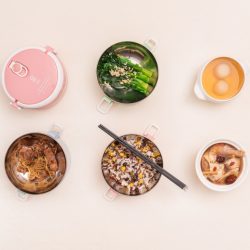SingaporeMotherhood | Baby & Toddler
August 2020
12 Postnatal Nutrition Tips for New Mums (+ Bonus Recipe!)
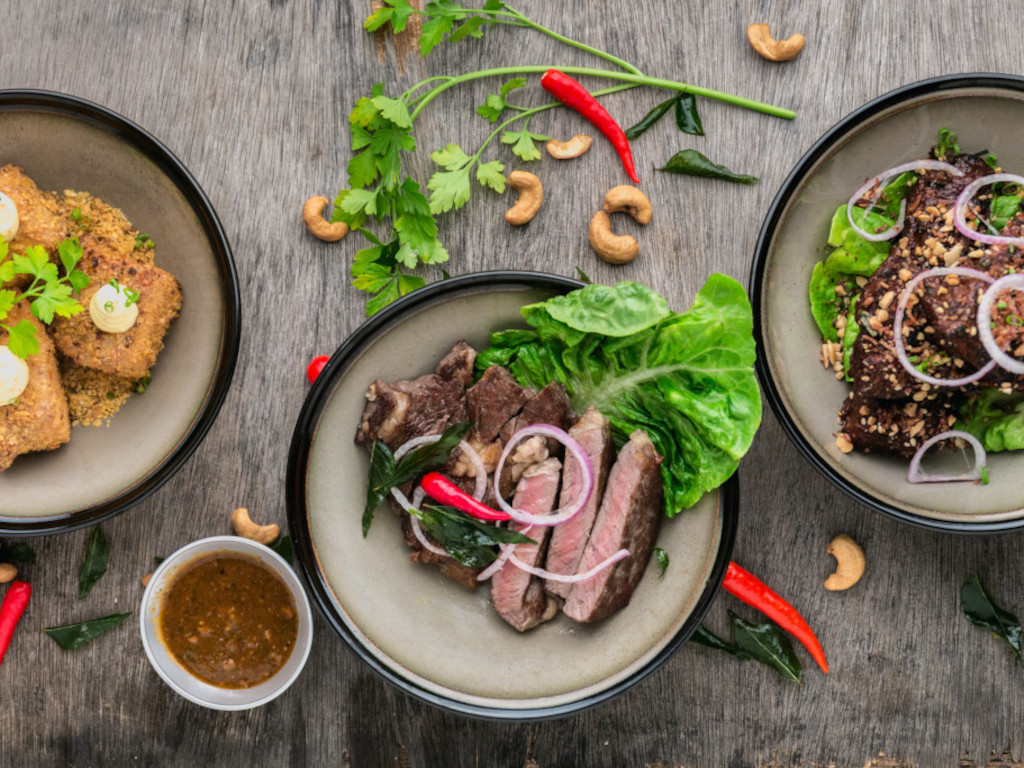
Congrats on your new baby, Mum! But even as you celebrate, don’t throw the prenatal clean eating diet out the window just yet. Registered nutritionist and dietician, Eve Persak, shares that the most important thing to focus on now — besides your darling bundle of joy — is healing. And diet is what fuels that recovery process. She also shares important postnatal nutrition tips and touch points through your breastfeeding journey and beyond. And read on for your bonus recipe!
Postnatal Nutrition Tips during Confinement
Depending on your cultural customs, life/work circumstances, or simply your personal choice, the period of confinement can vary. It can last only 30 days or over 100 days. Either way, focus on HEALING as your number one priority during this time. While miraculous and beautiful, the delivery experience (whether vaginal or caesarean) is a true trauma to the female body. Hormones overturn and wounded tissues need time to heal, close and regenerate. To support and even expedite these processes, the key postnatal nutrition touch points below can be downright godsends.

1. Rethink Your Staples
Of the three macronutrients, proteins are most important for cell and tissue repair and rebuilding. Hence protein-rich foods should be staples during the confinement period, ideally present in as many eating opportunities as possible. This is because the body processes proteins best in small, continuous amounts. High quality and more concentrated protein foods include lean meats, poultry, seafood, eggs, dairy (e.g. Greek yoghurt), legumes (e.g. soy and lentils), nuts (like peanuts) and seeds (especially chia).
2. Avoid or Reduce Refined Grains and Sweets
Blood sugar levels fluctuations promote inflammation. Regrettably, many of the celebratory foods (e.g. cakes, pastries, cookies, candies, chocolate) new mothers receive may actually delay their healing. The same goes for comfort foods (e.g. noodles, rice, pasta, crisps, chips) they reach for during confinement. Having such indulgences in moderation as best as possible may be helpful. Mums can try to substitute these with fresh fruit, less sweetened dark chocolate, wholegrain baked treats, and so on.
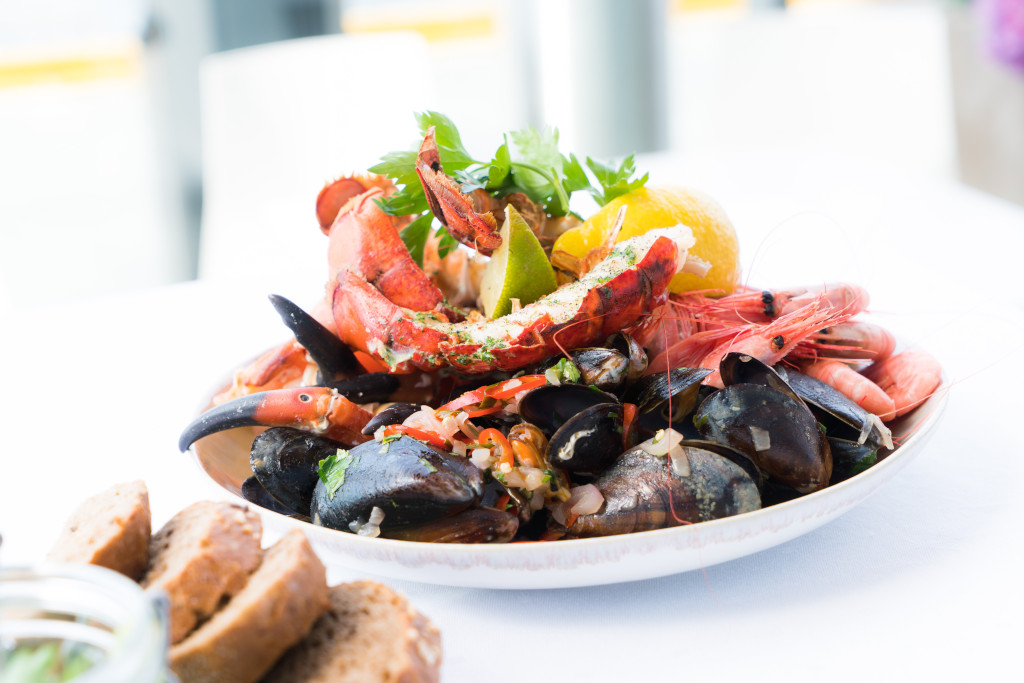
3. Build Your Zinc Stores
Zinc is the main player for wound healing. It supports the collagen matrix within the wound bed, aids with wound closure, and helps to rebuild skin tissues. Upping this mineral in your diet during this time is useful way to expedite healing. Food sources rich in zinc include shellfish (e.g. oyster, prawn, crab), fish, and seeds (especially sesame, pumpkin, and sunflower).
4. Make Your Meals More Colourful
Did you know why colostrum is so yellowish in colour? It comes from the same nutrient found in orange and range-coloured fruit and veggies — yes, beta carotene. Our bodies convert the plant-based antioxidant phytochemical into vitamin A, which is needed for colostrum, the earliest breast milk that supports the newborn. Vitamin A is essential for vision, amongst other functions. Sources of beta carotene include leafy green vegetables (e.g. spinach, kale), carrots, pumpkin, sweet potato, tomato, and papaya. Vitamin A is also found in seafood (especially cold-water fish), egg yolks, and fortified dairy products.
(See also: 11 Prenatal Nutrition Tips for Mums-to-be (+ Bonus Recipe!))
Postnatal Nutrition Tips for Nursing Mums
Mums who choose to breastfeed need to pay greater attention to your meal, snack, and beverage choices. After all, you (once again) serve as the sole source of nourishment for your little one. In other words, you have to fulfil the nutritional needs for both your baby’s milk supply, and your own body. To do this well, focus on these main areas of postnatal nutrition:
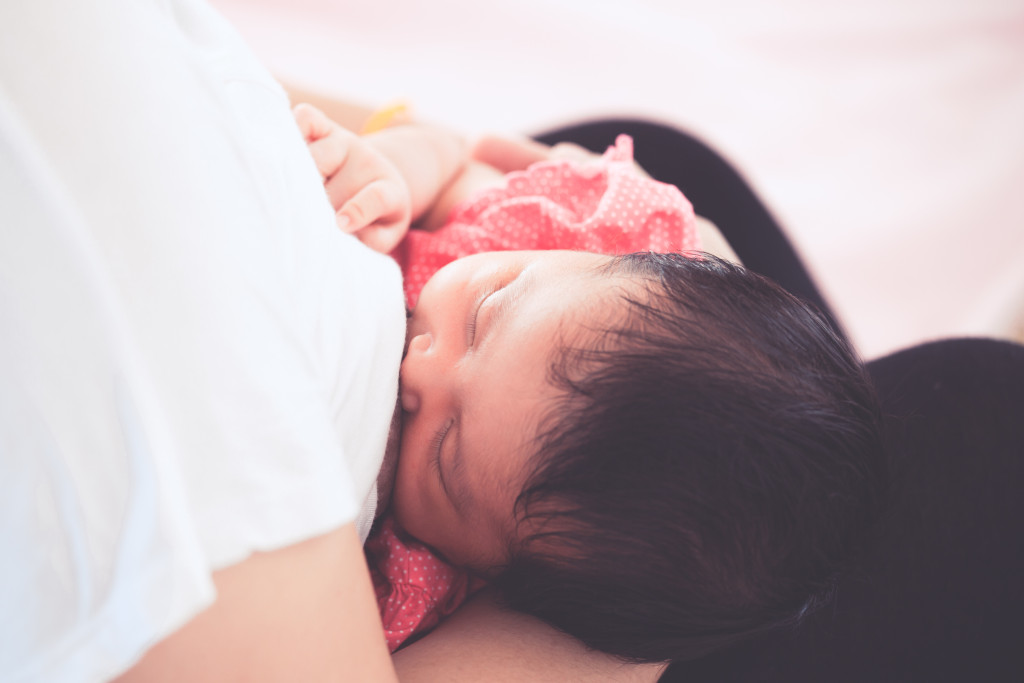
5. Increase Your Caloric Intake
This is really simple. Producing anything requires energy. Therefore, breastfeeding mums have higher daily energy (calorie) requirements than those who opt not to breastfeed.
6. Remember to Stay Hydrated
Breastmilk is a bodily fluid and it requires liquid to ‘flow’. That means ensuring extra and ongoing beverages (preferably unsweetened and caffeine-free) is key.
(See also: Breastfeeding Hacks: Ease those Aches and Pains from Nursing your Newborn)
7. Delay the Postpartum Diet
Breastmilk is comprised mainly of carbohydrate and fat. Therefore, these must be available in adequate amounts via mum. Some mums are keen to slim down postpartum and try to do so by reducing these two macronutrients. However, it’s usually not necessary or advisable when you’re breastfeeding. Instead, focus on healthful oils (e.g. olive oil, avocado, nuts, fish) and fibre-rich carbohydrates (e.g. whole grains, legumes, vegetables, fruits).
8. Lean on Lecithin
This natural substance serves as a fat emulsifier — helping fats maintain their fluid consistency. Including foods with lecithin can encourage breastmilk to ‘flow’. It’s found in good amounts in egg yolk and legumes (e.g. soy, kidney, black beans, chickpeas).
Postnatal Nutrition Tips for the Working Mum
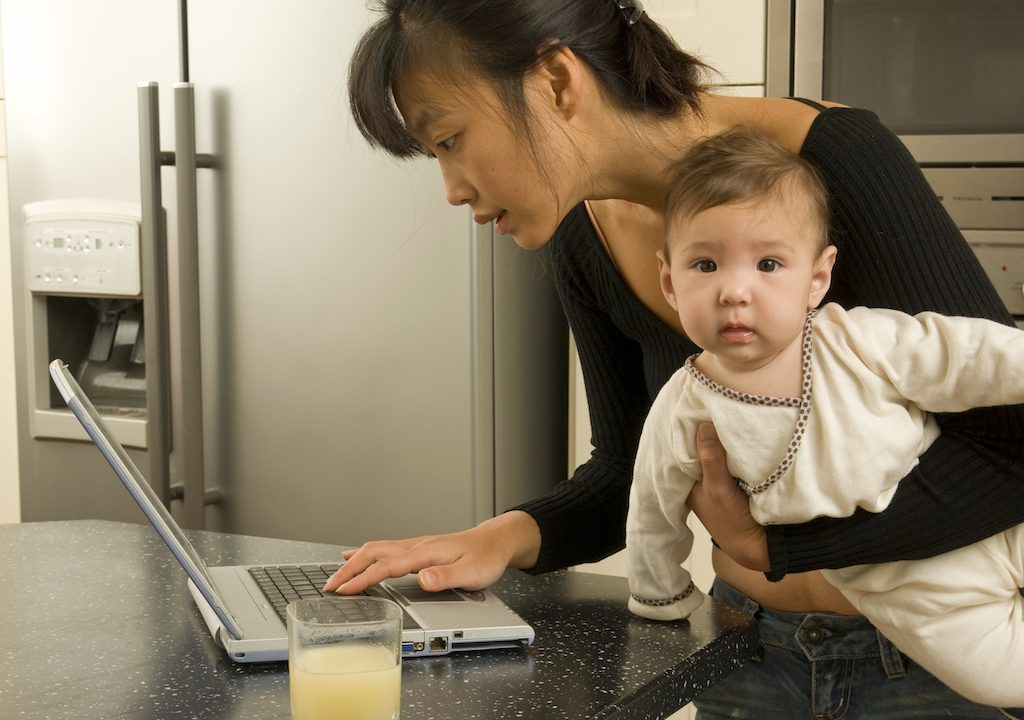
Very often, the primary focus areas for working mums are sustaining energy and alleviating stress. They are juggling a lot — career-related responsibilities, their marriage, their little ones, even social upkeep. Personal time is often limited, or at a bare minimum. Working mums — this can apply to full-time stay-at-home mums too! — are often on-the-move round-the-clock. Therefore, meals need to be easier to prepare and lighter, rather than heavy and cumbersome on the digestive system.
9. Aim for Protein and Fibre
These prolong the release of energy and the sense of satiety (or fullness) after the meal. They give you sustained energy and reduce appetite fluctuations that may lead to constant cravings. Instead of piling on hearty carbs like rice and noodles that fill you fast but drain fast too, have more:
- Protein – Lean meats, seafood, eggs, dairy, legumes, nuts, and seeds
- Fibre – Fruits, vegetables, nuts, seeds, whole grains, and legumes
10. Have Modest Portions
Rich, heavy comfort foods can be tempting when you’re stressed. So, as much as possible, have meals that are modest in portion and feel ‘lighter’. This reduces the demands on the gastrointestinal (GI) tract. For the lunch meal, this sidesteps the post-lunch ‘food coma’ and mid-afternoon ‘energy drop’. For the dinner meal, this helps to ensure a better night’s rest.
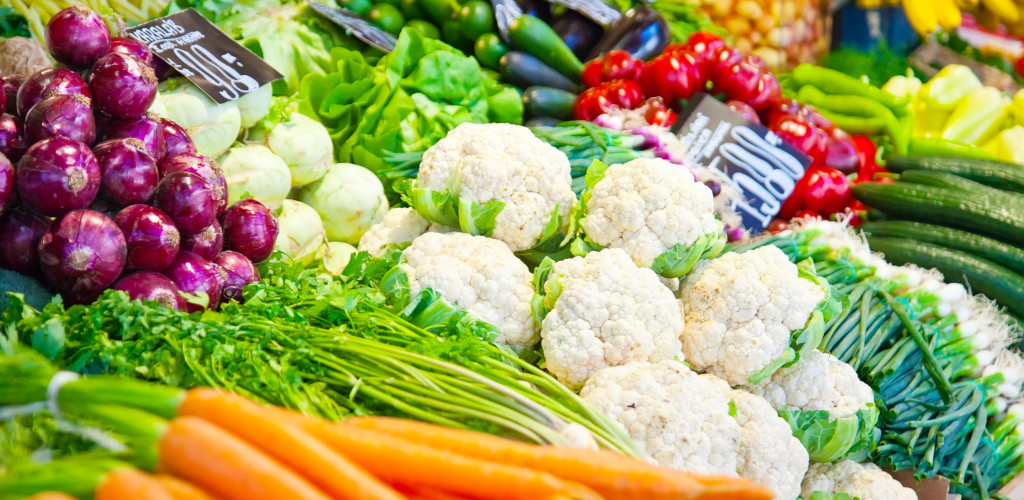
11. Compensate for (No) Sleep
Sleep is a time when the body repairs and re-balances itself. But for working mums, especially those with babies or young children, a good night’s sleep is often a luxury. To some extent, you can make up for this with quality postnatal nutrition. Certain nutrients can help the body to counteract the effects of the stressful day and repair itself. These include:
- Protein (as above)
- Antioxidants – Colourful plant-based foods, such as dark berries, tomato, sweet peppers, citrus fruits, leafy greens, carrots, fresh herbs, and spices (garlic, onion, turmeric, chili, parsley, oregano, etc.)
12. Beef up Your Immunity
The immune system is suppressed when sleep is minimal, and stress is high. This leaves mums more vulnerable to catching a cold or the flu — or the dreaded COVID-19. So, encouraging nutrients that support immunity is crucial to staying well.
- Protein (as above)
- Vitamin D – Available from sunlight (although office-bound mums might get less outdoor time), but also available from seafood and fortified dairy.
- Zinc – This nutrient also helps to support the body’s natural defences.
- Vitamin C – Available in citrus fruits, sweet peppers, leafy greens, berries, papaya, etc.
(See also: 10 Postnatal Essentials – The Totally Unglam(orous) Edition!)
Bonus Recipe: Cumin-spiced Prawns, Chickpea Purée, and Baby Carrot Salad with Orange Blossom Dressing
This four-part recipe that makes four servings looks daunting, but it’s easier than it sounds. Besides, the payout is both nutritious and yummy — definitely worth the effort! This appetising dish works well as lunch or a light dinner, and while it boasts excellent postnatal nutrition, it isn’t just for mums either. Dads and older kids can savour it too.
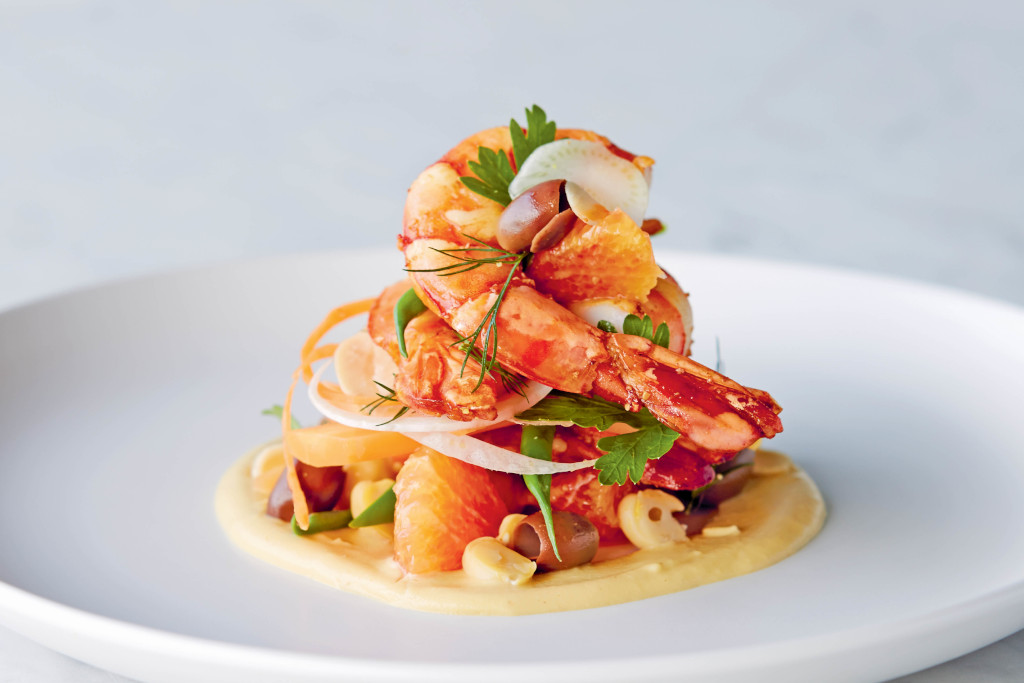
It combines complete proteins from prawns and plant-based proteins from chickpeas to support recovery and offer sustained energy. Zinc from prawns and the sesame seeds in tahini assists wound healing, tissue repair, and overall immune function. Chickpeas and carrots are a potent source of lecithin and beta carotene respectively, while olives pack healthy monounsaturated oils and phytochemicals. Happy cooking — and stay well!
Orange Blossom Dressing (makes 200 ml)
Ingredients:
- 250 ml freshly squeezed and strained orange juice
- 1 tbsp coconut nectar or agave nectar
- 60 ml extra virgin olive oil
- ½ tsp orange blossom water
- 2 tbsp raw apple cider vinegar (eg. Bragg)
- Sea salt and freshly ground white pepper, to taste
Method:
- Combine the orange juice and nectar in a saucepan. Bring to a boil before reducing heat, and simmer until the liquid is reduced by half.
- Remove from heat and whisk in EVOO, orange blossom water, and vinegar. Season with sea salt and a grind of white pepper. Cool before use.
Baby Carrots, Olives, and Chickpea Salad
Ingredients:
- 12 baby green beans, tailed and cut in half on the angle
- 4 small baby carrots, peeled
- 50 g cooked chickpeas
- ¼ red onion, thinly sliced
- 125 ml Orange Blossom Dressing
- ¼ carrot, spiralised or julienned
- 16 small black olives (Ligurian, Niçoise or other brine-cured black olives), pitted
- ¼ bulb fennel, shaved or thinly sliced
- 14 g (½ cup) mix of flat-leaf parsley and dill leaves
Method:
- Bring a saucepan of lightly salted water to the boil and blanch the green beans for 1 minute. Remove with a slotted spoon and refresh in iced water.
- Blanch the carrots for 1 to 2 minutes, drain and refresh in iced water, then cut into thirds lengthwise.
- Combine the green beans, baby carrots, chickpeas and onion in a bowl and toss gently with 1½ tbsp of Orange Blossom Dressing.
- In a separate bowl, combine carrot ribbons, olives, fennel, and herbs. Toss gently with 1 tbsp of Orange Blossom Dressing.
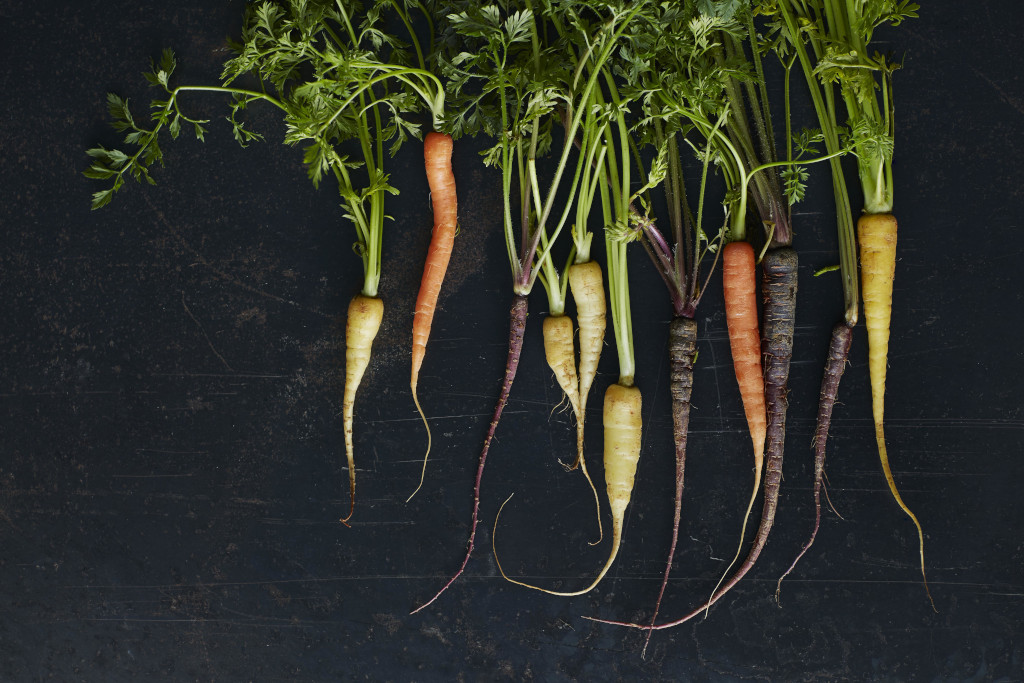
Carrot and Chickpea Purée
Ingredients:
- 2 tbsp olive oil
- ½ small onion, chopped
- 1 clove garlic, sliced
- 1 carrot, chopped
- 250 g cooked chickpeas
- 500 ml vegetable stock
- 1 tbsp raw tahini
- 1¼ tbsp ground cumin
- 2 tbsp freshly squeezed lemon juice
- 1½ tbsp extra virgin olive oil
- Sea salt and freshly ground white pepper, to taste
Method:
- Heat the olive oil in a saucepan over low to medium heat. When hot, add the onion, garlic and carrot and cook, stirring occasionally, for about 20 minutes, or until softened.
- Add the chickpeas and vegetable stock, bring to the boil and cover. Reduce heat and simmer for 30 to 40 minutes, or until the liquid is reduced to a quarter and the chickpeas and carrots are very soft.
- Cool slightly, then transfer to a blender. Add tahini, cumin, lemon juice, and EVOO, and blend to a smooth purée, adding water if necessary. Salt and pepper to taste.
Cumin-spiced Prawns
Ingredients:
- ½ tbsp ground cumin
- Sea salt, to taste
- 8 large king prawns, peeled and de-veined with tails left intact
- 1 tbsp olive oil
- ½ lemon
Method:
- Place the cumin seeds and sea salt in a mortar and pound with the pestle until you have a coarse consistency.
- Toss the prawns in the cumin salt, ensuring an even coat.
- Heat a heavy-based frying pan or flat grill over medium heat, add the olive oil and cook the prawns for about 2 minutes on each side, or until golden brown.
- Transfer to a warmed plate and squeeze the lemon juice over.
(See also: Getting Started with Homemade Freezer Meals)
How to Serve:
- Spoon 1 tbsp of the Chickpea and Carrot Purée in the centre of each plate. Using the back of a spoon, smooth over to form a circle, making a well in the middle.
- Arrange the dressed green beans, baby carrots, chickpeas and onions in the well, then arrange the carrot salad, prawns and herbs on top.
- Garnish with a sprinkling of toasted almond flakes, then drizzle the remaining dressing over and around the plate. Enjoy!
As COMO Shambhala’s nutrition advisor, registered nutritionist and dietician Eve Persak specialises in providing guests with nutritional assessments and therapeutic interventions. The above recipe is courtesy of COMO Shambhala. Get more insight on your nutrition and overall well-being with the new digital wellness companion, COMO Shambhala By My Side.
Header & featured images: Lily Banse on Unsplash
All content from this article, including images, cannot be reproduced without credits or written permission from SingaporeMotherhood.
Follow us on Facebook, Instagram, and Telegram for the latest article and promotion updates.





